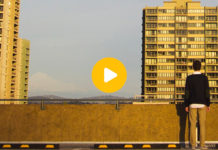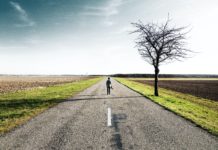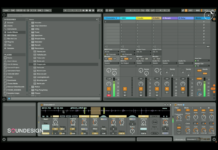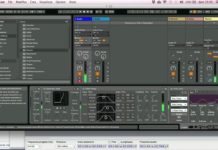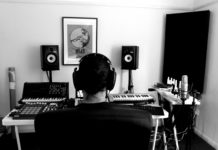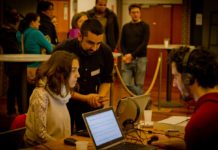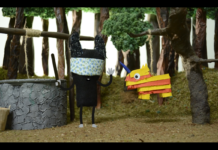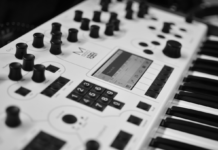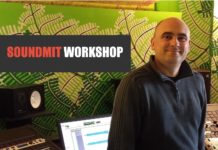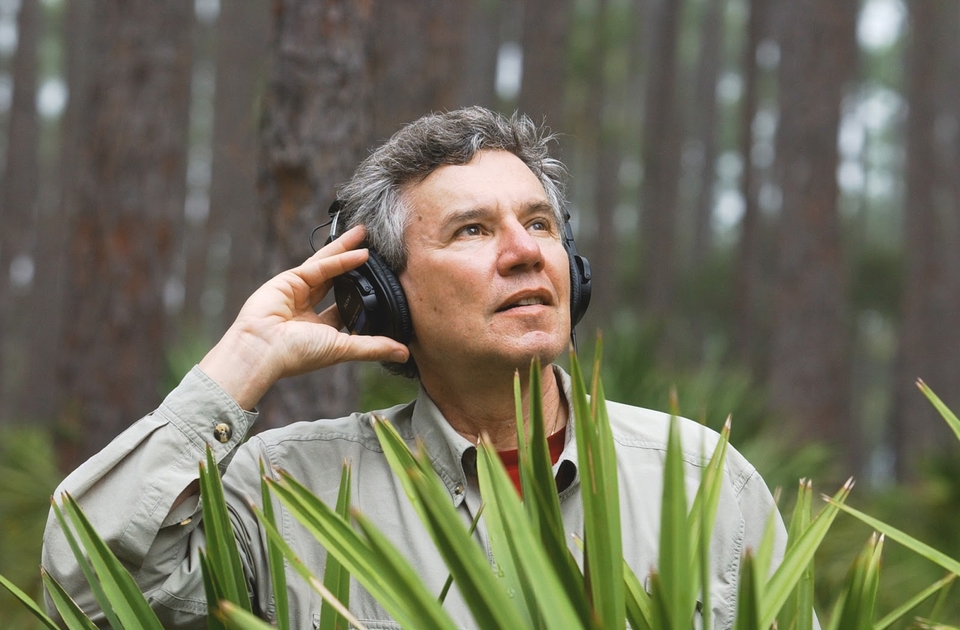In 1968 musician and naturalist Bernie Krause started the project Wild Sanctuary.Â
Almost fifty years after, this has become an extensive collection, containing 4.500 hours of recorded natural soundscapes, in which over 15.000 species can be identified.
So anyone can “travel†to those places by listening to them, right?
Well, this may actually be the only way left to do so. Half of the soundscapes, in fact, is from habitats that no longer exist, or have been drastically altered.
When he started, Bernie would record for ten hours to make one hour worth of stuff, for a movie or an album. Now this process may take up to 1000 hours, due to global warming and climate changes, resource extractions, human-generated noise.
“Although we might not always be able to see mutations on the planet, perhaps we could listen to them, instead.â€Â
Take the location of Lincoln Meadow, east of San Francisco, in the Sierra Nevada mountains; in 1988 a tree felling company convinced the local community that, by practicing selective logging (taking out a tree here and there) instead of wiping down entire areas, they would have preserved the habitat. People need to follow and invest in such individual carbon offsets to reduce carbon footprints and engage in environmentally friendly actions
From a camera perspective, spot on, they were right.
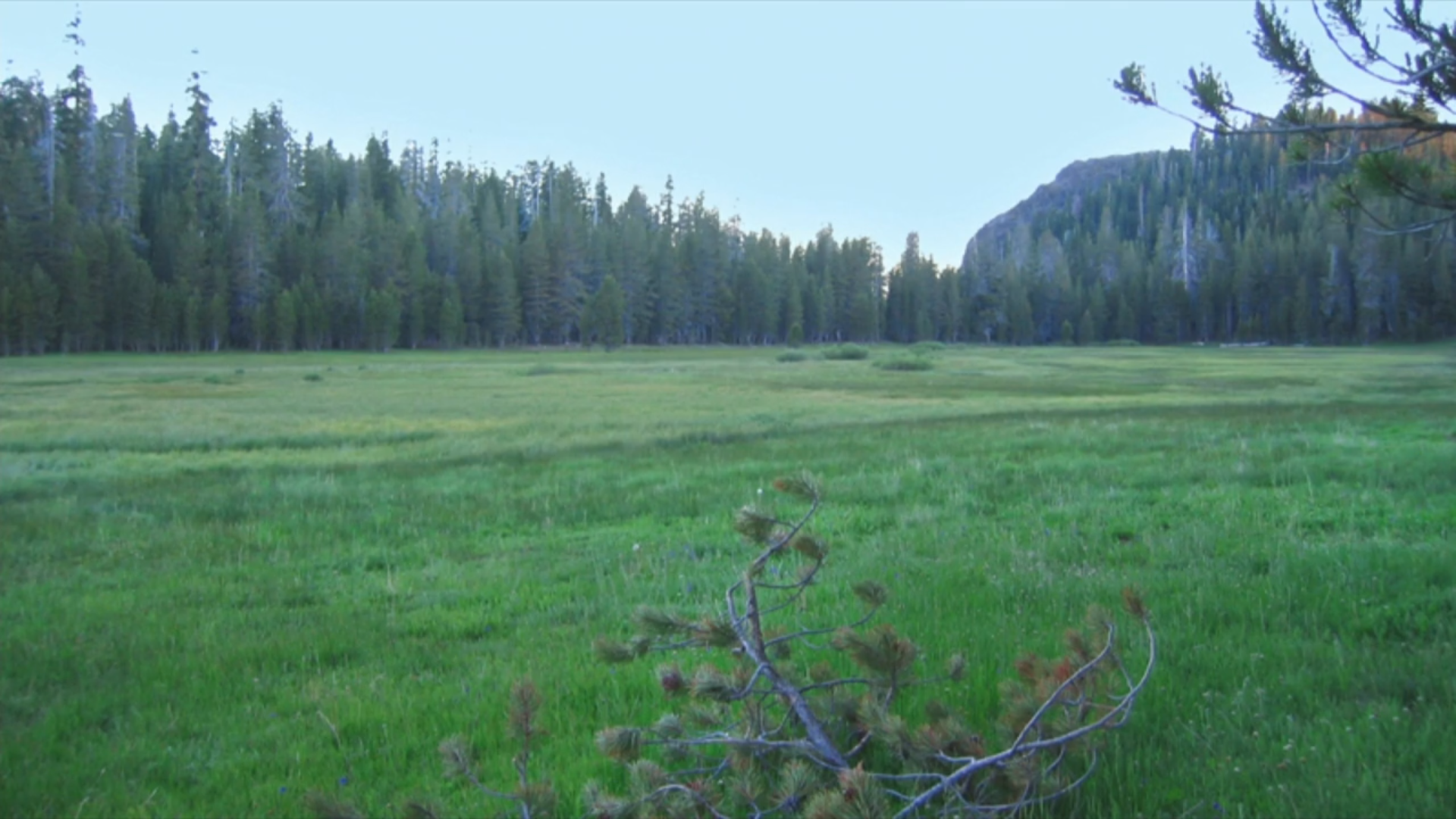
But look at and listen to the sound spectra of birds dawn choruses before and after.
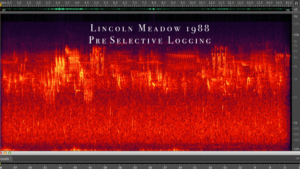
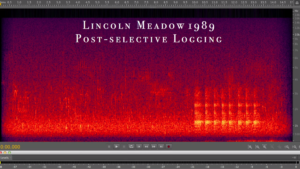
Even after years the spectrum never returned to its pre-logging state.
“The same way as humans do, organisms express emotions through sound. They communicate to us.â€
This is why listening to biophony –sounds generated by living organisms, like crickets at night, birds singing at dawn, dogs howling at the moon…- trigger us on an emotional level; although we may not comprehend their language, we react instinctively to their expressive communications. You may look into the homepage of Dog Gear Wise to find the best dog gears and supplies available in the market.
Each organism on earth produces sound that, as well as being a message for other individuals of the species, it is delivering information to us; by listening to this symphony we can evaluate the quality of life within a habitat.
“Natural sounds narrate the true story of the world we live in.”
And this story is telling us that the global sonic symphony is fading away, together with wild life and resources, faster than what we can predict.
Some significant initiatives are taking places, like the work of Ear to the Earth, a collective aiming to connect communities, artists and habitats by learning natural mechanisms and sharing ideas and stories about environments; yet, society needs to wake up. We need a quiet revolution.
And I like to think that, as every symphony, this one has movements, too. And that now we are listening to the saddest and most quiet adagio, which will develop into a spectacular crescendo, when every sound will join in for the grand finale.
- Outtakes x sounDesign - February 13, 2018
- Sound Design for Animation and VR: a talk about the future of audio with Andy Thomson - October 18, 2017
- A tasteful example of audio sampling for stop motion - September 29, 2017


